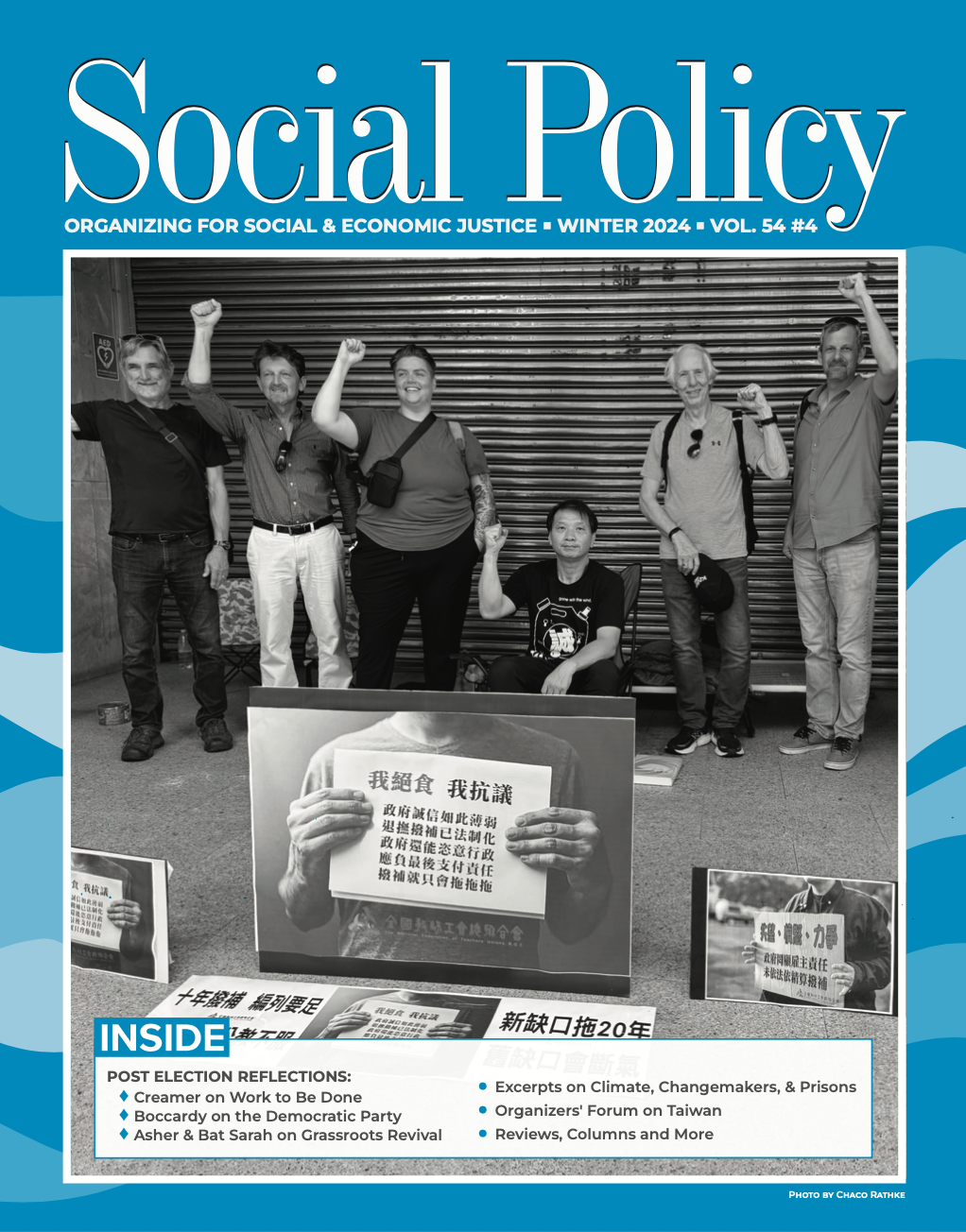Women's March and Strike in Mexico City
Written by Mariana Ortega Ramírez
Editor’s Note: We reached out to one of our companeras in Mexico, Ercilia Sahores, on the eve of the Women’s March and Strike that had been called in Mexico City and throughout the country to protest the femicides – killing of women. She was out of the country but recruited a sister who provided this vivid and beautiful report and photos that captures the power of the march and the women who where there.

As march 2020 comes to end, and coronavirus news flood the media with every reason, in time, for me, the season will not be remembered for the pandemic, but for the violet jacaranda trees that united to the women´s march in Mexico city. Right now, yes, it is amazing to witness how governments and media and parents put their available resources and energy into protecting their constituents and loved ones from this virus that can harm, even kill us, in the short term. It is encouraging that, in fact, it is possible to slow down and act together towards a common goal. It seems it is possible to put human safety first, before economy, and before the unstoppable, so called, development.
But, coming back to Jacarandas in Mexico City this year. It had been so frustrating seeing them bloom already since February. It was too soon, and it felt as if there had been no winter: climate change.

Jacaranda trees turn the city into an exhibit of beauty every year, but since Sunday 8th of March 2020 seeing jacarandas now bring me back to the march. They are even more beautiful than ever. They bloomed earlier, lets believe, to be there as well, because it mattered. With or without covid-19, it matters a lot. The 2020 human development perspectives report -tackling social norms, a game changer for gender inequalities- signals that “the world is NOT on track to achieve gender equality by 2030”.

In Mexico we marched, one of the main reasons, because women are killed daily while the judicial system fails to serve its duty. Gender violence has become the norm in this country: it is said 10 women die every day, while governments act as if indifferent. The president even had announced a national raffle of his like to occur on the same day as the march, giving no importance to the later. Thus, at the march, some chanted:
“We don´t want raffles, we want respect”
And other I can remember:
“Police, protect me, I´m a monument”“Women are being killed and it’s decided to protect monuments”“Mr., Mrs., look, don´t be indifferent, women are being killed in front of people”“Not [property] of the boss, nor of the husband, I am mine, mine, and only mine”“Down with the patriarchy, which will fall; and up with the feminism which will rise”

At points, the environment felt celebratory and positive. Women of all ages, happily chanting, and caring not to lose their companions. Other points were quieter: parents carrying their dead daughter´s picture. And there was at least one group of peasant and indigenous women. From the window of a restaurant a waiter showed a sign saying: “I´m with you”. Sorority was there.

The magnitude of the event was without precedent. It took so long to move just a short distance because we were so many. Every street downtown going towards zocalo, the main square in central Mexico City, was crowded with participants and observers. It was reported that about 80,000 persons took part. Some media reported the square never filled, but at the site one could see that contingents would arrive, make a short stay and then leave. As many left, others kept arriving. Some stayed listening to discourses and other activities, dancing and singing included.

All along the march there were also displays of violence. Women dressed in hoods and some bare-breasted, would paint walls, take wood building protection (set for the day) down, crash windows and even throw gas and start fires. Yes, that happened too, and it felt a little scary at moments. For many, young girls and wealthier women included, it was their first march. On the way back home, someone said it would all had been perfect had no violence taken place. But, would it? If we put ourselves in the shoes of the ones with no power and money enough to be taken seriously by the system, what would we do?

And what changes after marching?
On the 9th we had the women’s strike in Mexico, and it too was successful. Later I heard a campaign in the radio, from the government, explaining why international women´s day is important. And then, and up until now it is all about coronavirus. And I cannot but wonder if it’s a window of opportunity to rethink the system and address the perpetrated social norm of believing in the desire of economic growth and power over others and status.

Taking inspiration from ancient feminine and indigenous knowledge, what if we turned to relearn about the gift economy and the culture of caring for what really matters in the long term. And not only for the sake of younger and future generations only, but for healing our communities and way of sharing our common land. I´m inclined to believe that no matter the gender or the arena where we stand, acknowledging another form of living, less focused on money and power, could take us closer to gender equality, and surely would help in stopping killings of women too.





















